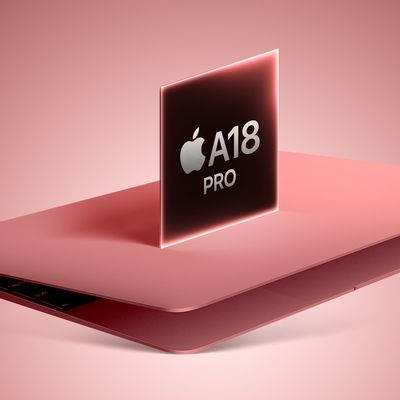The iPhone 17 lineup brings a new video feature that lets you record from both the front and rear cameras simultaneously. Dual Capture creates picture-in-picture recordings that should be perfect for reaction videos, tutorials, or any scenario where you want to capture both yourself and the action in front of you. Here's what you need to know about the feature.

Dual Capture works across the iPhone 17 series, including the iPhone Air. Here's how to get up and running with the new feature.
iPhone 17: How to Enable Dual Capture Mode
- Open the Camera app on your iPhone.
- Tap Video at the bottom.
- Tap the icon made up of dots at the top right of the interface, or alternatively, tap again the selected video option in the carousel at the bottom of the interface.
- Select Dual Capture from the pop-up menu, then tap in the viewfinder.
- Tap the shutter to start recording via both front and rear cameras.

Once you have used Dual Capture mode, for the rest of the app session the camera interface will show a handy new icon in the top-right corner, allowing you to turn it on and off without involving the pop-up menu.
![]()
What You Can Do While Recording
Once you start recording, you gain several useful controls. On iPhone 17 Pro and Pro Max models, you can switch between the 48MP main camera, 48MP ultrawide, and 48MP telephoto lenses for different perspectives without stopping your recording.
The smaller front camera window can also be moved around the screen by dragging it with your finger, which is handy if the preview window blocks something important in your shot. Bear in mind that any repositioning of the window gets saved in your final video, though.

Recording Quality and Limitations
Dual Capture records in either 1080p or 4K resolution at 24 or 30 fps. For maximum editing flexibility later, 4K at 30fps will likely deliver the best results.
The feature does come with some trade-offs. For one, you're locked into Apple's single layout design, where the rear camera takes up most of the frame while the front camera appears in a smaller window. Unlike Samsung's similar feature, you can't switch the feeds or choose a split-screen layout that shows both cameras equally.
Lastly, bear in mind that everything saves as one video file, not separate clips for each camera.
























Top Rated Comments
When the broadcasters script fans in the crowd to yell something when the camera pans to them, it’s fake, cringy & very off-putting.